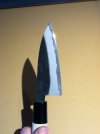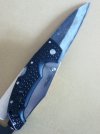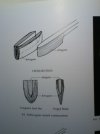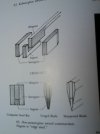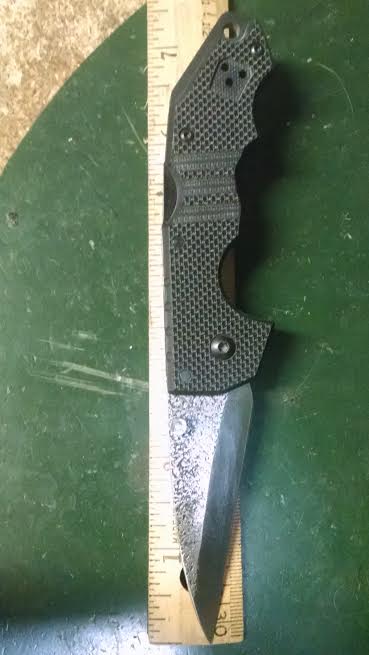I noticed Spyderco likes to laminate their nonstainless Japanese steels such as Superblue, Hap40, and sometimes ZDP189 in a cladding of soft stainless steel.
I would love to see a DLC coated solid hap40 or superblue delica.
What do you guys think? Would DLC be cheaper to produce than a laminated blade?
I would love to see a DLC coated solid hap40 or superblue delica.
What do you guys think? Would DLC be cheaper to produce than a laminated blade?

